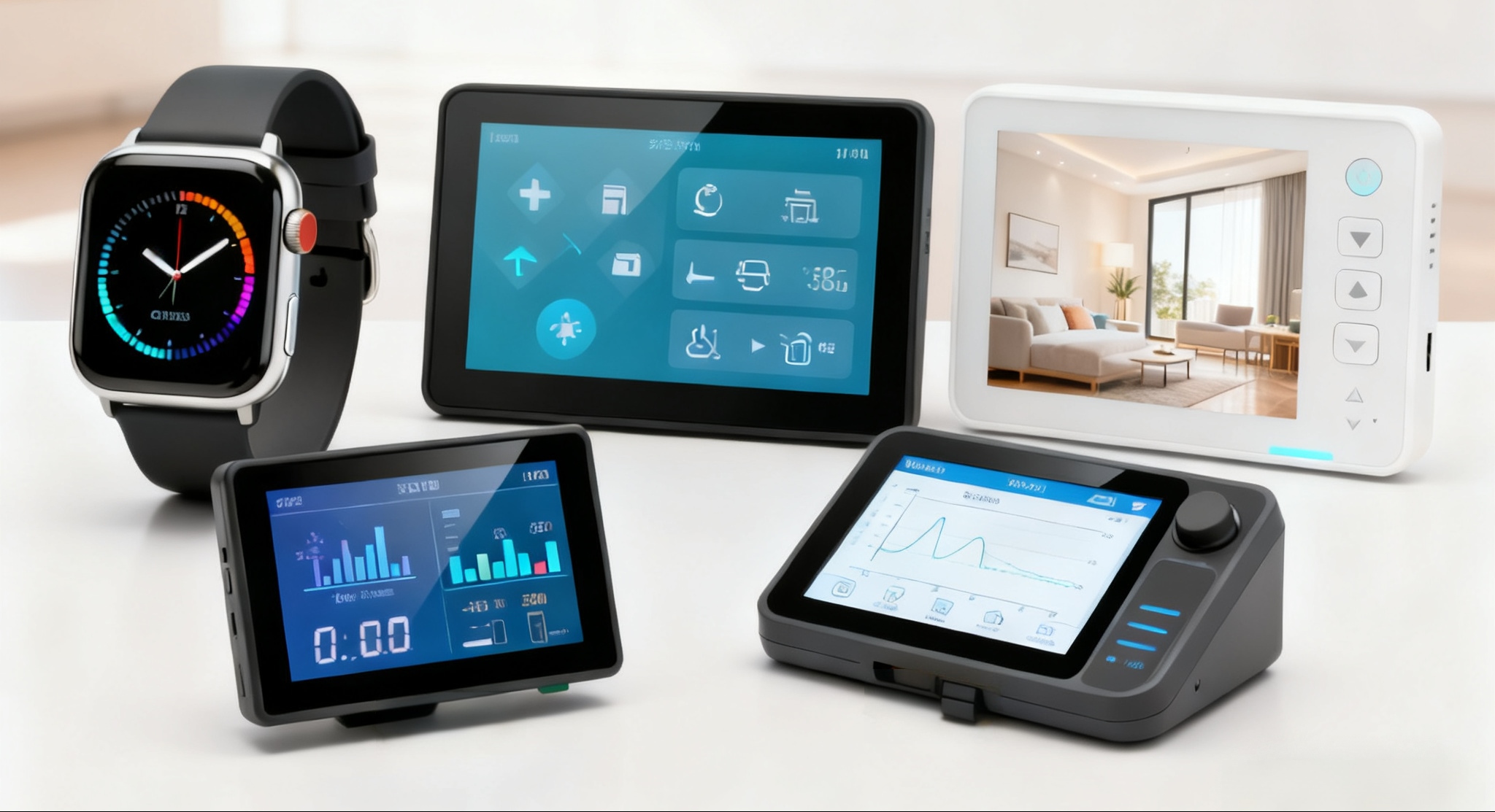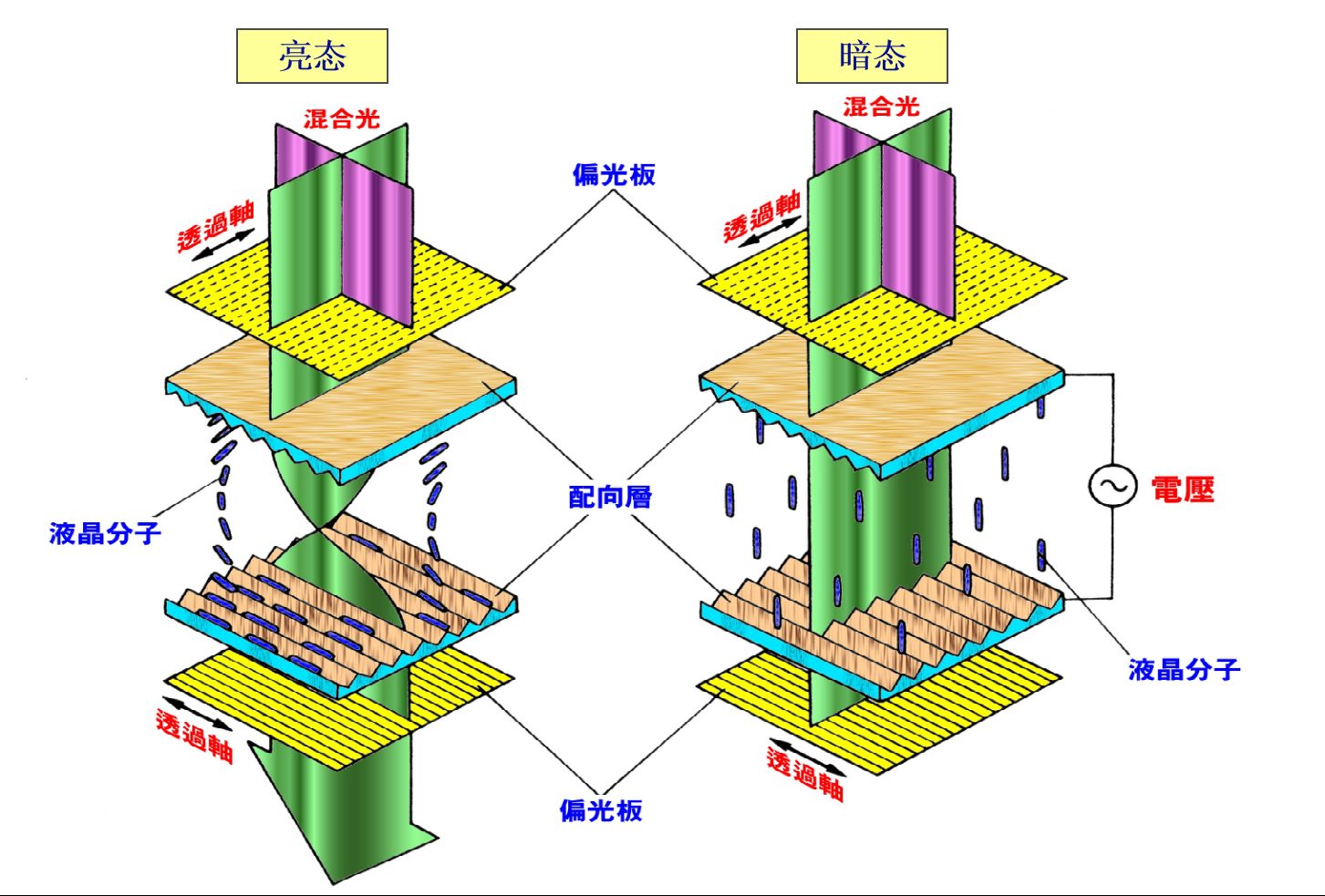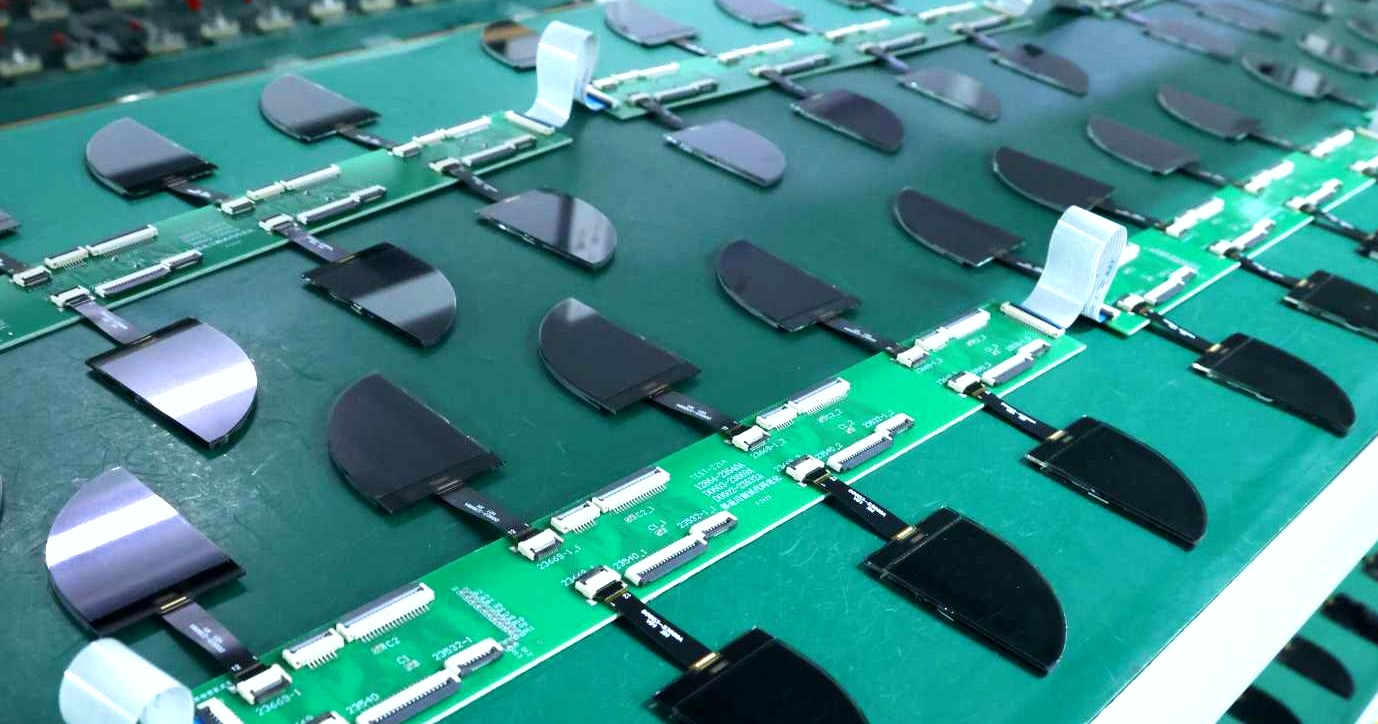Demystifying LCD Technology: From Working Principles to Application Practices
2025-11-13
In modern electronic devices, the liquid crystal display (LCD) screen serves as the core component of human-computer interaction, and its performance directly impacts the user experience. Understanding the working principles and characteristics of LCDs is crucial for selecting the right LCD module.

LCD Display Principles: The Precise Control of Light and Electricity
The essence of LCD lies in precisely controlling whether light passes through using an electric field. Its core structure includes polarizers, alignment layers, and liquid crystal molecules.
In the bright state (non-display state), the liquid crystal molecules maintain a regular 90-degree twisted arrangement. Incident light becomes polarized after passing through the transmission axis of the front polarizer. As this polarized light passes through the liquid crystal layer, its polarization direction rotates 90 degrees along with the molecular twist structure, aligning with the optical axis of the rear polarizer and transmitting through to form the bright state.
In the dark state (display state), the liquid crystal molecules in areas where an electric field is applied change their alignment and lose their light-rotating capability. The polarized light emitted from the front polarizer cannot change direction and is blocked because its polarization direction is perpendicular to that of the rear polarizer, causing these areas to appear black.
This photoelectric response mechanism of the positive display TN type enables complex graphics display by precisely controlling the voltage of each pixel.

Application Key: Engineering Practices for Ensuring Stable Display
In practical applications, several key factors directly affect the performance and lifespan of the LCD screen:
Precise design of the driving frequency is particularly critical. Modern LCD screens mostly use multiplex dynamic driving. The frequency of the AC voltage applied to the LCD electrodes needs to be strictly controlled within the 32-100Hz range. Excessively high frequency prevents the liquid crystal capacitor from charging and discharging to saturation, increasing driving power consumption; excessively low frequency causes noticeable display flicker. Excellent LCD module design must optimize this parameter based on the display area and specific application.
Electrostatic protection is equally important. In the non-operating state, the driving IC should retain a discharge path to prevent long-term electrostatic accumulation from affecting device lifespan. Simultaneously, it must be ensured that the driving circuit completely eliminates any DC component, as any DC residue will significantly shorten the LCD screen's life.
Regarding environmental adaptability, although manufacturers add stabilizers to the materials, it is still recommended to avoid prolonged direct sunlight exposure to extend the display device's service life.

The Value of Professional Manufacturing
As the core component of display technology, the performance of an LCD screen depends on the manufacturer's technical and engineering capabilities. Professional LCD display manufacturers can provide customers with deep custom LCD screen services, from driving parameter optimization to environmental adaptability adjustments, ensuring each LCD module performs optimally in specific applications.

About CNK
Founded in Shenzhen in 2010, CNK Electronics (CNK in brief) expanded the world leading factory in Longyan, Fujian in 2019. It is a specialized and innovative enterprise specializing in the design, development, production and sales of display products. CNK provides customers with a full range of cost-effective small and medium-sized display modules, solutions, and services with excellent quality worldwide. Oriented in technology and high quality, CNK keeps sustainable development, works to offer customers better and stable services.



